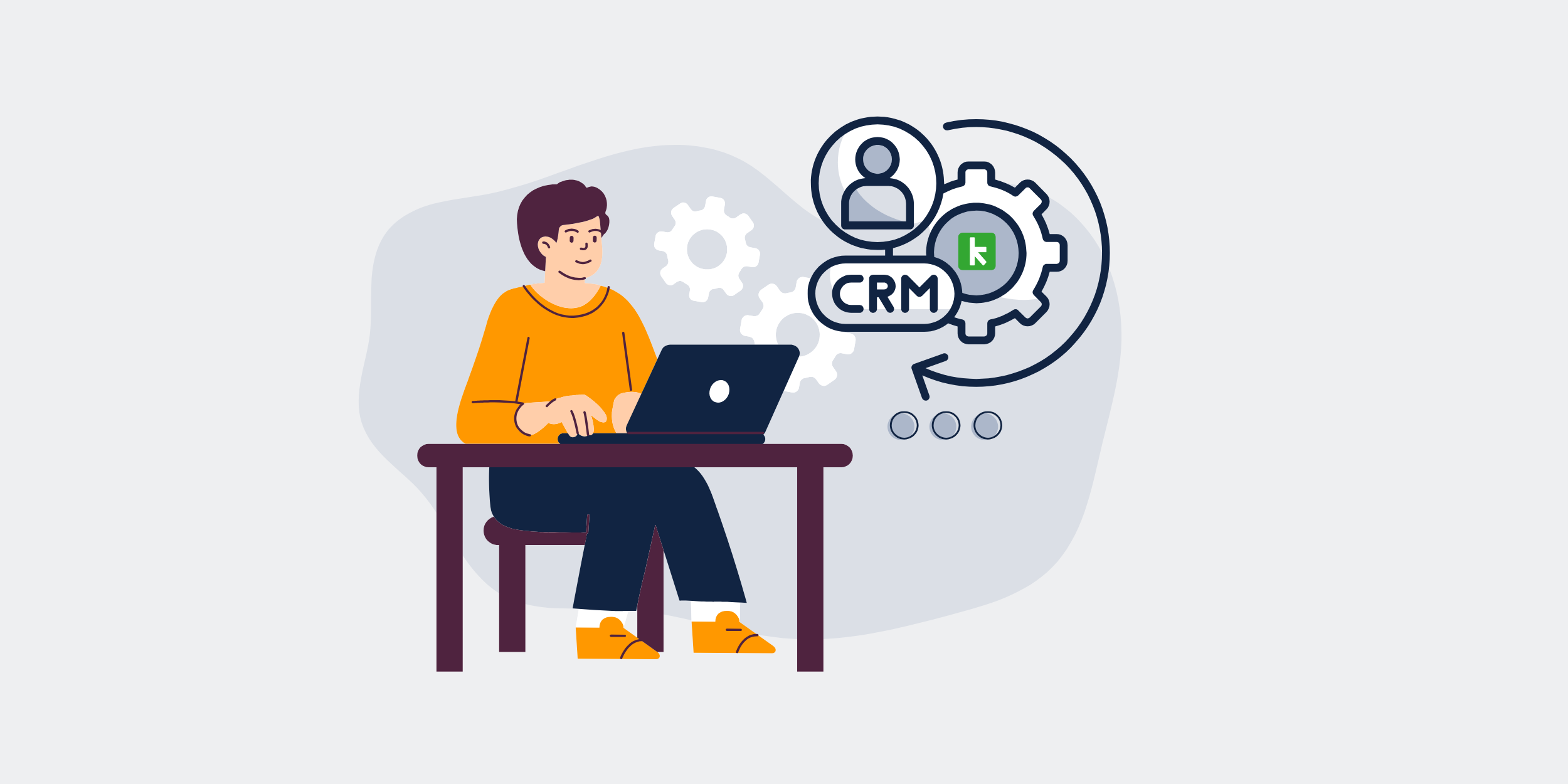Preventing Data Loss in Keap: Causes and Practical Solutions

| Outline of Article |
|---|
|
| **Common Causes of Data Loss in Keap (and How to Avoid Them)** |
|---|
IntroductionData loss can be a nightmare for businesses, akin to losing your wallet right before a big purchase—gut-wrenching and panic-inducing. Whether it’s contact info, appointment histories, or sales data, the consequences are significant. If you’re using Keap to manage your customer relationships, understanding what might cause data loss—and how to avoid it—is crucial. Understanding Keap and Its ImportanceKeap, previously known as Infusionsoft, is a powerful CRM tool that helps businesses streamline their operations, manage customer relationships, and automate marketing efforts. It’s essentially the heart of many businesses’ operational processes, making the integrity and safety of the data within absolutely vital. What is Data Loss?Data loss refers to the unexpected loss of data, whether it be temporary or permanent. It can result from accidental deletion, software corruption, or various other issues. Within Keap, data loss could mean losing critical customer information, potentially affecting your sales and customer service efforts. Common Causes of Data Loss in KeapHuman ErrorWe’re human, and humans make mistakes. Whether it’s due to a slip of the finger or misunderstanding the system, human error is a leading cause of data loss. Think of it like typos in an important text—they’re small, but their effects can be vast. Software BugsNo software is perfect, not even Keap. Bugs and glitches can occur, sometimes leading to unexpected data loss. It’s like finding a gremlin in the gearbox that disrupts smooth functioning without any prior warning. Hardware FailuresWhile we lean heavily on digital storage, the physical components they depend on aren’t infallible. Hard drive crashes, server issues, and other hardware failures can lead to data loss. Imagine having a flat tire on a road trip—your journey halts unexpectedly and inconveniences ensue. CyberattacksCyberattacks are a real threat, with hackers continuously developing new strategies to infiltrate systems. Such breaches could lead to data being stolen or lost. It’s akin to a break-in at your store, where valuable items and crucial records could disappear overnight. Data CorruptionData corruption might occur due to faulty storage or transmission problems, resulting in unreadable or unusable data. Think of it like receiving a letter that’s been drenched in rain—the content is there, but you can’t decipher it. How to Avoid Data LossRegular BackupsBacking up your data regularly is like always having an extra storage room where you keep spare items. Even if things go south, you can quickly restore the originals, minimizing downtime and data loss impact. Employee TrainingEnsuring your team understands how to use Keap properly can prevent many errors. Think of it like teaching someone to properly use a kitchen knife—it’s all about minimizing accidents and ensuring tasks are performed accurately. Software Updates and MaintenanceRegular updates and maintenance keep the system running smoothly. Much like performing regular car services, it prevents breakdowns and ensures everything is in top condition. Enhanced Security MeasuresImplementing strong security protocols is imperative. Using firewalls, encryption, and secure passwords are akin to having a robust alarm system in place to fend off would-be intruders. This protection ensures that your data remains safe from external threats. The Role of Third-party IntegrationsWhen integrating third-party tools with Keap, ensure they are reliable and secure. Poorly designed integrations can lead to data inconsistencies and losses. It’s like introducing a new widget to your machinery—ensuring it’s compatible and thoroughly tested will prevent malfunctions. ConclusionData loss within Keap can be detrimental to your business operations, but understanding the causes and implementing preventive measures can minimize the risks. Regular backups, proper training, and vigilant security can keep your data safe, allowing Keap to serve as the beating heart of your CRM operations without hiccups. FAQsWhat’s the most common cause of data loss in Keap?Human error is often the biggest culprit when it comes to data loss in Keap, but delightfully, it’s also one of the easiest to prevent with proper training. How often should I back up data in Keap?Setting up daily backups is ideal to ensure minimal data loss. Think of it as brushing your teeth every day to ward off cavities. Can outdated software lead to data loss?Yes, outdated software may have unresolved bugs or security vulnerabilities leading to data loss. Keeping your software up-to-date is like getting routine vaccinations—it’s necessary preventative care. Are there any recommended third-party tools for Keap?There are numerous reliable third-party integrations available, but it’s crucial to research and choose those with strong reputations and good security practices. What should I do if I experience data loss?If you encounter data loss, check your latest backup first. It’s like retracing your steps when you lose your keys—it’s the quickest way to recover what’s missing. |
Get started with CRM-Backup today! Choose your plan now.
